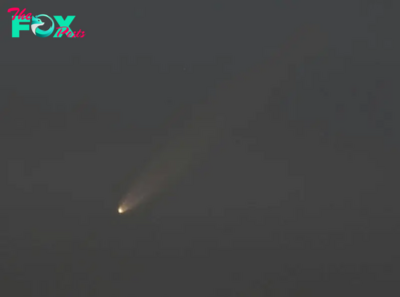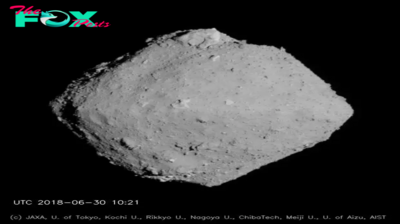Science
These nearby star systems could be good targets in the search for alien life
NASA's Chandra X-ray space telescope has created a three-dimensional map of stars close to the sun that may help astronomers search for alien planets that could host life.
The map created by Chandra — which just celebrated 25 years in orbit but is facing a troubling budget crunch — could inform scientists which exoplanets to direct future telescopes toward to conduct searches for habitable conditions.
The stars mapped by the telescope are arranged in concentric rings around the sun, at distances between 16.3 light-years and 49 light-years. This is close enough that telescopes could collect wavelengths of light or "spectra" from planets in the habitable zones of these stars. The habitable zone or "Goldilocks zone" is a region around a star that is neither too hot nor too cold to allow liquid water to exist on a world's surface.
The spectra from these planets created as starlight shines through their air could potentially reveal surface features like continents and oceans, and atmospheric characteristics like clouds and chemical contents.
Chandra's X-ray capability is key to selecting which planets to investigate for possible habitability. High-energy light like X-rays and ultraviolet radiation can strip a planet's atmosphere and also break down the complex molecules needed as the building blocks of living things, ruining its habitability.
Thus, if Chandra sees a planet under heavy X-ray bombardment, scientists can infer it isn't the best world to study in the search for alien life.
RELATED: 32 strange places scientists are looking for aliens
-

 Science2d ago
Science2d agoWhy Risky Wildfire Zones Have Been Increasing Around the World
-

 Science2d ago
Science2d agoIt’s Time to Redefine What a Megafire Is in the Climate Change Era
-

 Science3d ago
Science3d ago4 Astronauts Return to Earth After Being Delayed by Boeing’s Capsule Trouble and Hurricane Milton
-

 Science4d ago
Science4d agoThe Elegance and Awkwardness of NASA’s New Moon Suit, Designed by Axiom and Prada
-

 Science1w ago
Science1w agoSpaceX Launches Its Mega Starship Rocket. This Time, Mechanical Arms Catch It at Landing
-

 Science3w ago
Science3w agoYou Won’t Want to Miss October’s Rare Comet Sighting. Here’s How and When You Can See It
-

 Science1m ago
Science1m agoA New Spacecraft Could Help Determine if There’s Life on a Moon of Jupiter
-

 Science1m ago
Science1m agoWe Can Thank Deep-Space Asteroids for Helping Start Life on Earth



























